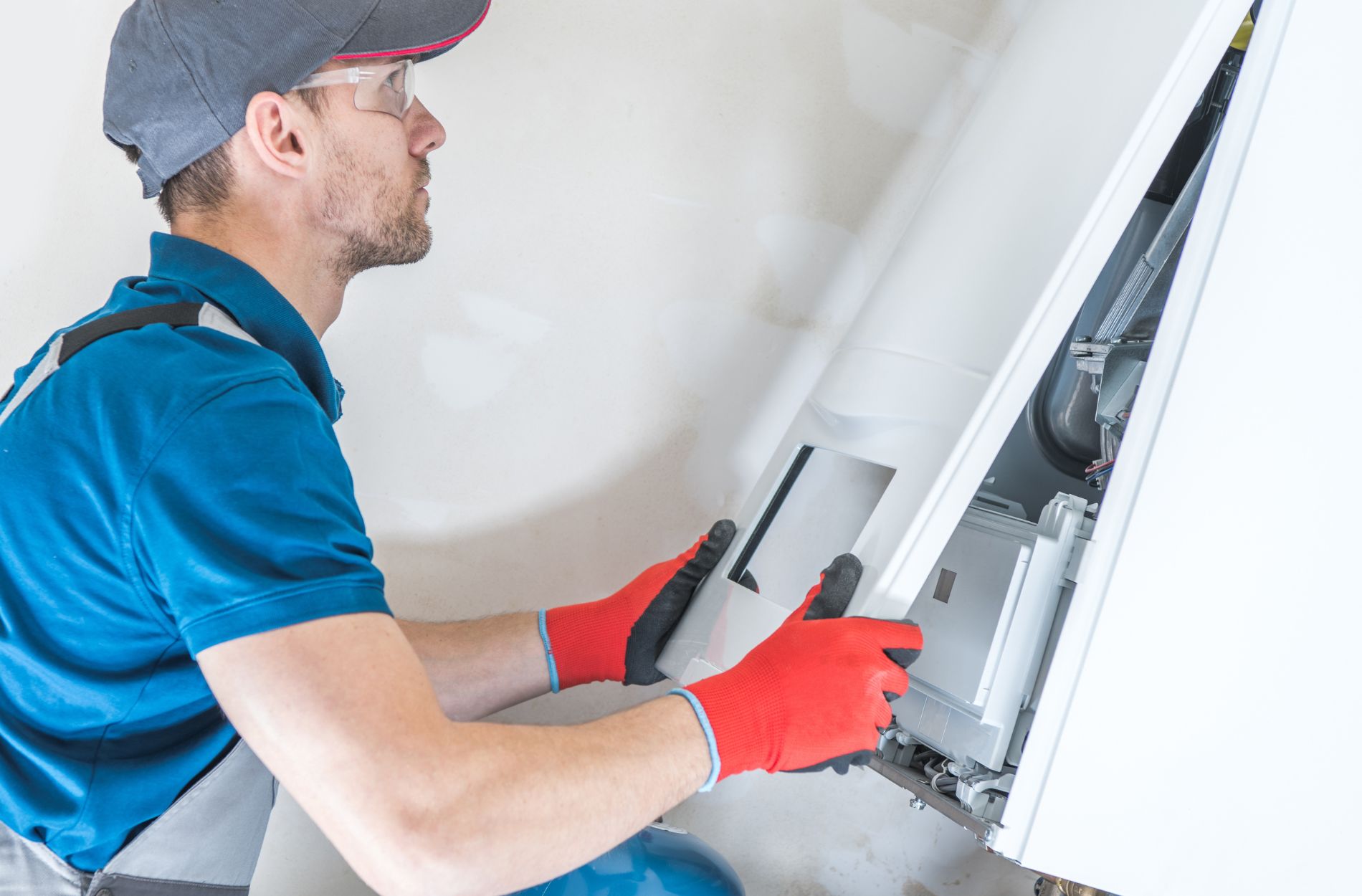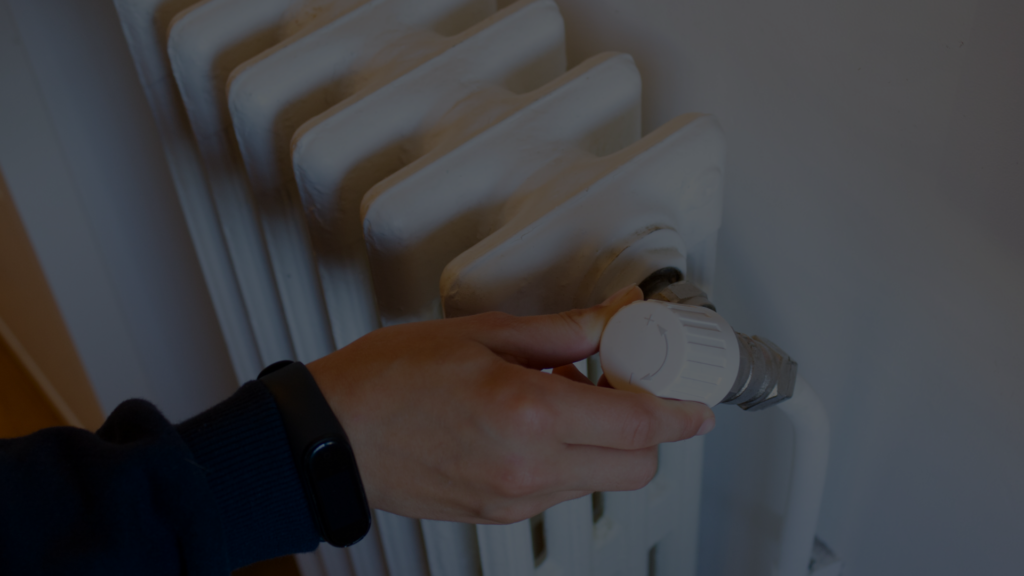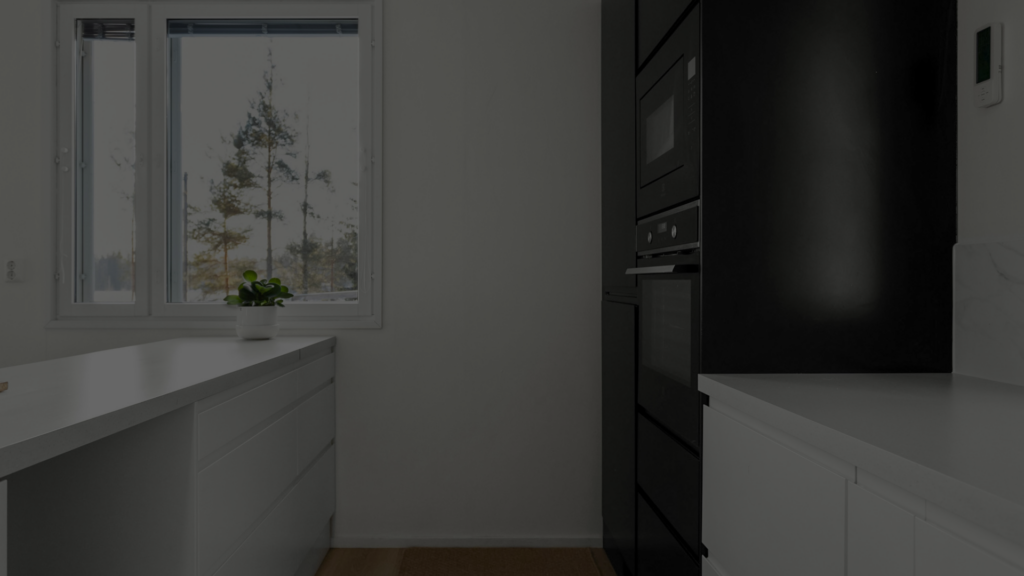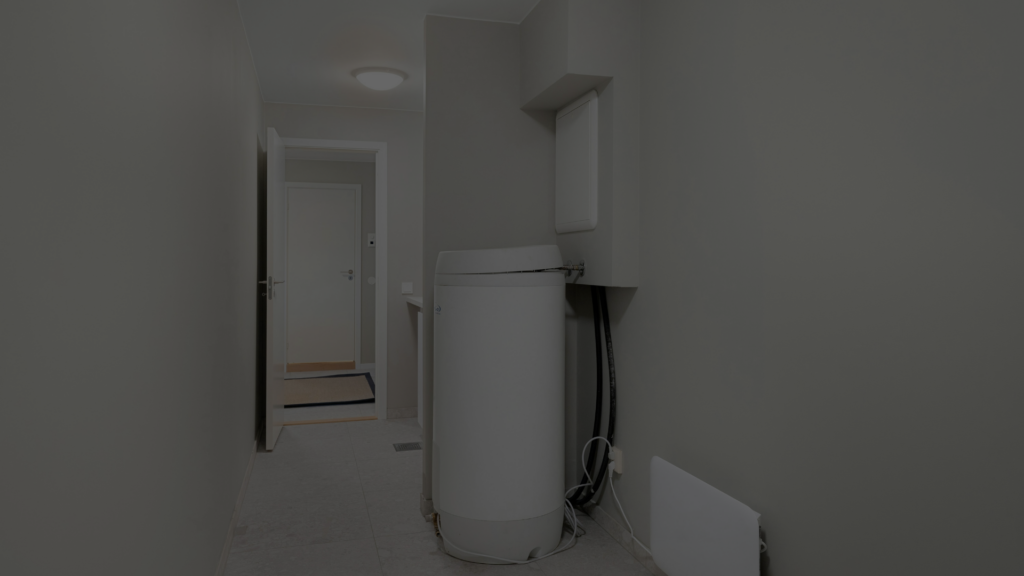Installing a new furnace in your home is a major step towards ensuring a comfortable living environment. However, the process can be complicated, and there are many factors to consider for a successful installation. Choosing the right furnace, preparing your home, understanding the installation process, and knowing how to maintain the system post-installation are all crucial aspects of furnace installation.
Choosing the Right Furnace for Your Home
Selecting the right furnace for your home is the first and most crucial step in the furnace installation process. A well-chosen furnace will ensure efficient heating, lower energy costs, and long-term reliability. Our professionals can assist you in making an informed decision, taking into account several important factors.
First, consider the size of your home. A furnace that is too small will struggle to heat the home adequately, while a furnace that is too large will cycle on and off too frequently, leading to excessive wear and higher energy bills. Our technicians can perform a load calculation to determine the appropriate furnace size for your home, ensuring optimal performance.
Next, evaluate the type of furnace that best suits your needs. Furnaces come in various fuel types, such as natural gas, electric, and oil. Each type has its benefits and limitations. Natural gas furnaces are common and efficient but require a gas line connection. Electric furnaces are easier to install but might be less cost-effective in areas with high electricity rates. Oil furnaces are efficient for homes without gas lines but require a storage tank and regular deliveries.
Additionally, consider the furnace’s energy efficiency rating. High-efficiency furnaces may have a higher upfront cost but can save you money on energy bills in the long run. Look for furnaces with high Annual Fuel Utilization Efficiency (AFUE) ratings. Our technicians can help you understand the efficiency ratings and choose a furnace that balances initial investment with long-term savings.
Preparing Your Home for Furnace Installation
Proper preparation of your home before furnace installation ensures a smooth process and optimal performance of your new heating system. Several key steps must be completed before the installation can proceed.
First, clear the installation area of any obstacles. This includes removing any old heating units and ensuring there is ample space for our technicians to work. Clearing the area makes it easier for them to install the new furnace quickly and safely.
Next, inspect and prepare your ductwork. Ductwork must be in good condition to distribute heat efficiently throughout your home. Our professionals can inspect your duct system for leaks, blockages, or damage. If any issues are found, they can perform the necessary duct repairs or cleaning to ensure your new furnace operates efficiently.
Ensure that your home’s electrical system is ready for the installation. Furnaces require a reliable power source, and it’s essential that your electrical system can support the new unit. Our technicians can check the electrical wiring and make any necessary upgrades to accommodate the new furnace.
Finally, check your home’s ventilation system. Proper ventilation is crucial for the safe operation of a furnace, particularly for gas and oil units. Adequate ventilation helps prevent the buildup of dangerous gases like carbon monoxide. Our professionals can assess your home’s ventilation and make adjustments if needed to ensure the furnace operates safely.
By addressing these preparation steps, you can help ensure that your new furnace installation is seamless and that your heating system performs efficiently and safely from day one.
The Installation Process: What to Expect
Knowing what to expect during the furnace installation process can help you prepare and feel more at ease. Our professionals follow a systematic approach to ensure that the installation is completed correctly and efficiently.
First, our technicians will arrive and review the installation plan with you. They will explain each step and answer any questions you may have. Clear communication helps ensure that you are comfortable with the process and understand what will occur.
Next, the old heating system is removed. This step involves safely disconnecting and disposing of the existing furnace. Our professionals take care to protect your home during this stage, ensuring minimal disruption and mess.
The new furnace is then positioned and installed. Our technicians will connect the furnace to your home’s ductwork, electrical system, and fuel lines as needed. They will ensure that all connections are secure and meet industry standards.
Once the furnace is installed, our technicians perform a series of tests to verify proper operation. This includes checking thermostat calibration, airflow, and system efficiency. Any adjustments needed are made to ensure optimal performance.
Finally, our professionals will review the furnace’s operation with you. They will explain how to use the new system and provide tips for maintaining it. This step ensures that you are comfortable with your new furnace and understand how to keep it running efficiently.
Post-Installation Tips and Maintenance
After your new furnace is installed, following some best practices for maintenance can keep it operating efficiently and extend its lifespan. Taking these steps helps prevent the need for frequent furnace repairs and ensures reliable performance.
First, schedule regular furnace service to keep the system in top condition. Our professionals recommend annual maintenance checks to clean components, check for wear and tear, and make any necessary adjustments. Regular service helps identify and address potential issues before they lead to larger problems.
Second, replace air filters regularly. Dirty filters can reduce airflow, making the furnace work harder and less efficiently. Check filters monthly and replace them as needed to maintain good air quality and system performance.
Third, keep the area around the furnace clear. Avoid storing items close to the furnace, as they can obstruct airflow and pose a fire hazard. Ensuring that the furnace has enough space around it allows it to operate safely and efficiently.
Additionally, use a programmable thermostat to optimize heating schedules. Programmable thermostats can help you maintain consistent temperatures while saving energy when you are not home. This reduces the workload on the furnace and can lower your energy bills.
Finally, stay alert for any signs that the furnace may need attention. Unusual noises, inconsistent heating, or increased energy bills could indicate that a furnace repair is needed. Contact our professionals at the first sign of trouble to address issues promptly and keep your furnace running smoothly.
Conclusion
Installing a new furnace is a significant investment that can provide years of reliable comfort in your home. By choosing the right furnace, preparing your home, understanding the installation process, and following post-installation maintenance tips, you ensure that your heating system operates efficiently and effectively.
Our professionals at South County Air Services are committed to providing top-quality furnace installation, service, and repair to keep your home comfortable year-round. From initial selection to ongoing maintenance, we support you at every step to ensure your new furnace meets your needs and performs at its best.
Contact us today to schedule your furnace installation in Irvine, CA and discover how we can help create a warm and comfortable environment in your home.

















